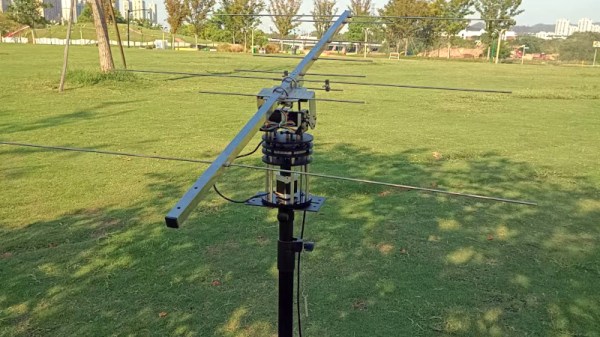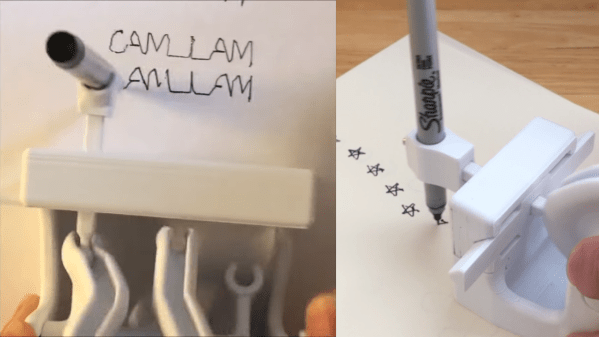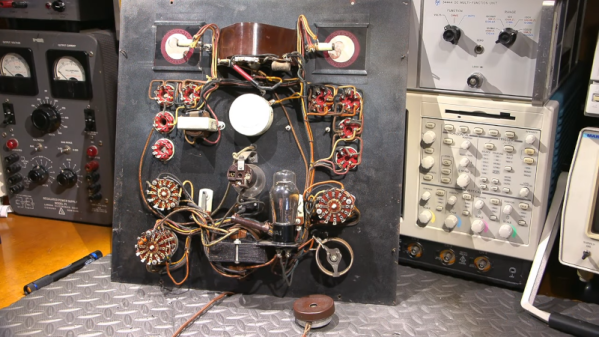I was reading [Al Williams]’ great rant on why sometimes the public adoption of tech moves so slowly, as exemplified by the Japanese Minister of Tech requesting the end of submissions to the government on floppy diskettes. In 2022!
Along the way, [Al] points out that we still trust ballpoint-pen-on-paper signatures more than digital ones. Imagine going to a bank and being able to open an account with your authentication token! It would be tons more secure, verifiable, and easier to store. It makes sense in every way. Except, unless you’ve needed one for work, you probably don’t have a Fido2 (or whatever) token, do you?
Same goes for signed, or encrypted, e-mail. If you’re a big cryptography geek, you probably have a GPG key. You might even have a mail reader that supports it. But try requesting an encrypted message from a normal person. Or ask them to verify a signature.
Honestly, signing and encrypting are essentially both solved problems, from a technical standpoint, and for a long time. But somehow, from a societal point of view, we’re not even close yet. Public key encryption dates back to the late 1970’s, and 3.5” diskettes are at least a decade younger. Diskettes are now obsolete, but I still can’t sign a legal document with my GPG key. What gives?



















